As hunger soars in DRC, WFP regional chief urges joint action to reverse course
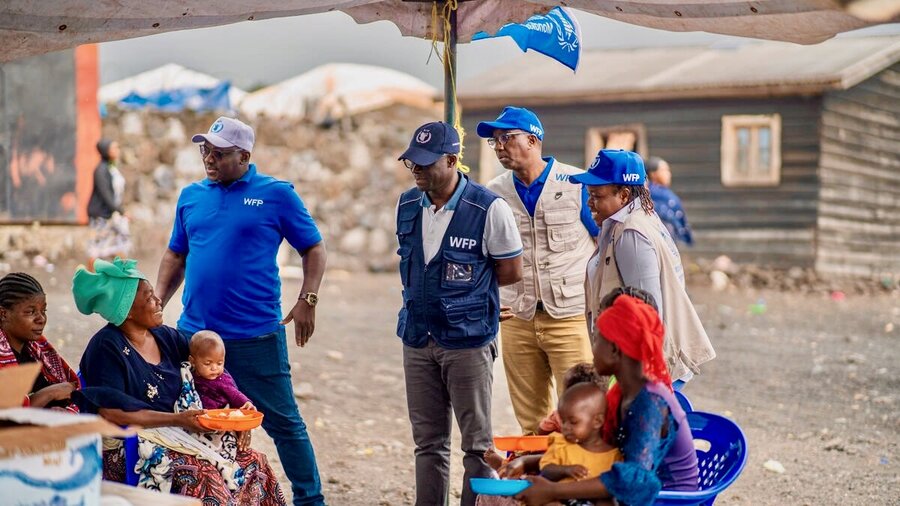
As violence in eastern Democratic Republic of the Congo fuels record hunger and displacement, the World Food Programme’s regional head believes strong and collective action can turn around a darkening trajectory for Africa’s second-largest country.
“We need all our partners to come together – at the local, national and international level,” said Eric Perdison, WFP Regional Director for Eastern and Southern Africa, calling for stronger collaboration between the relevant authorities and humanitarians operating in the region.
“We need governments that have the voice to be able to shine the light on the DRC,” he added. "The DRC has long been a forgotten crisis, and we need the international community to stand up for the people of the DRC - their plight and their needs.’’
Perdison’s call comes amid dire findings showing 28 million people are severely hungry in the country, the highest number ever recorded and a 10 percent jump since September. A combination of conflict in the east and social unrest has uprooted 7.8 million people countrywide, another all-time high. Tens of thousands of people have sought shelter in neighbouring countries, straining local resources.
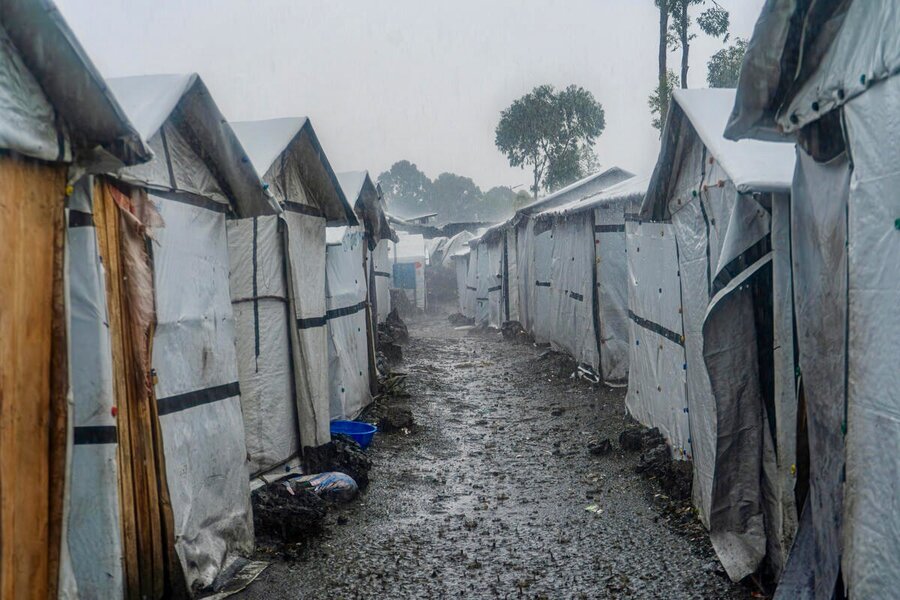
Yet, despite poor roads, and dangerous and shifting conditions in eastern DRC - with hundreds of thousands of people on the move - WFP has so far this year provided food and nutrition assistance to more than a million of the hungriest Congolese.
With more funds and joint action, Perdison said, “WFP has the leverage, the trust from our partners - and from the populations we serve - and we need to continue reaching those most in need.”
The alternative is grim. Without more donations, WFP may be forced to suspend food support to roughly half the people we currently assist in a matter of weeks.
Perdison spoke from Goma, capital of DRC’s North Kivu Province, which was engulfed by violence earlier this year. Weeks of active fighting shuttered banks and schools, prevented farmers from planting, and sent prices soaring for basic goods.
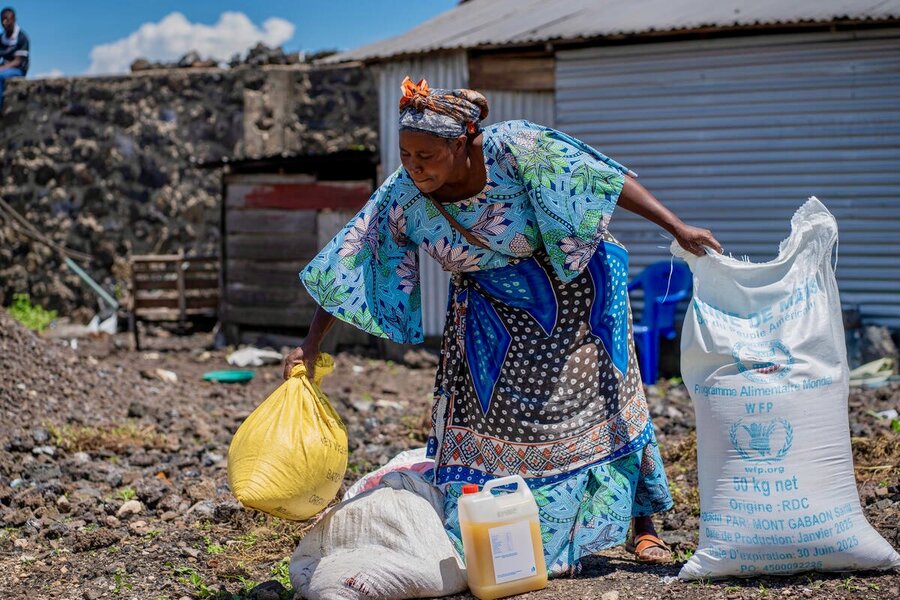
Today, in Goma at least, shops and schools have reopened. Some conflict-displaced people are returning home. A precarious calm reigns in the city — and, Perdison said, so does hope.
Peace essential
At a WFP food distribution for displaced people around Goma, Bernadette - whose name is being withheld for her protection - said she was grateful for the maize meal, beans and vegetable oil she’d received.
“God bless and add more resources,” said Bernadette, a widow and mother whose family fled unrest in the Masisi region, northeast of Goma. Her husband subsequently died, and she has scrounged for odd jobs to feed her children.
A one-time farmer, she said she hoped to return home to begin planting again. “So, I can afford school fees for my children,” Bernadette added, “and they can receive an education - and one day support me.”
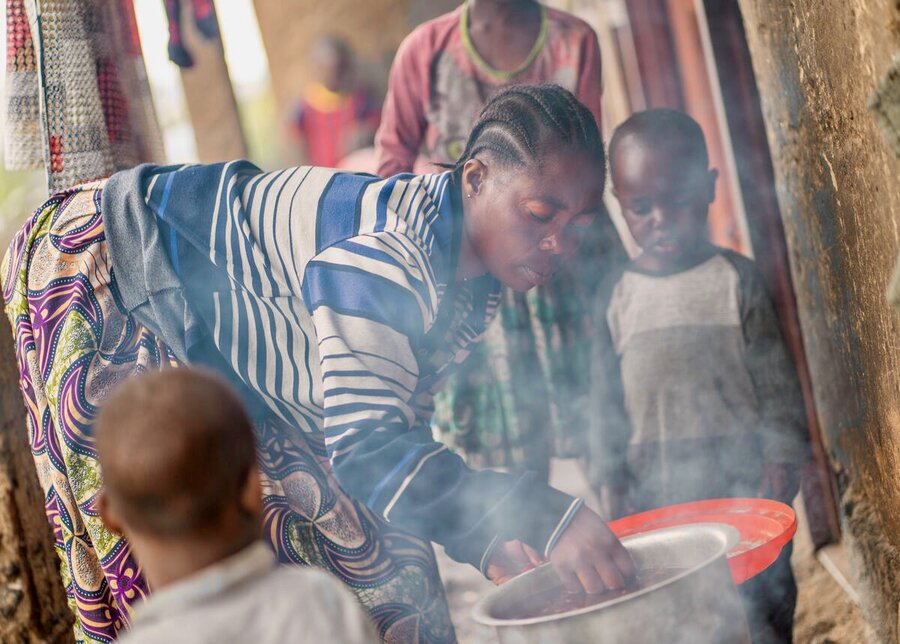
Across eastern DRC today, many like Sifa live on the edge. Nearly eight million people face acute hunger in the country’s four eastern provinces of North and South Kivu, Ituri and Tanganyika — a 21 percent jump since December. Another 2.3 million are experiencing emergency levels of hunger, or IPC 4 — the second highest level of food insecurity.
“I think the world does not react to the reality of DRC like it does to other emergencies,” Perdison said of the enormity of the hunger crisis — in a country boasting the world’s second largest rainforest and vast amounts of mineral wealth.
As hunger soars, WFP is delivering food to the hungriest people, along with specialised nutritional support to pregnant and nursing mothers and young children. Our school feeding and take-home rations reach tens of thousands of young pupils, and we give thousands of families tools to rebuild their livelihoods in a durable way.
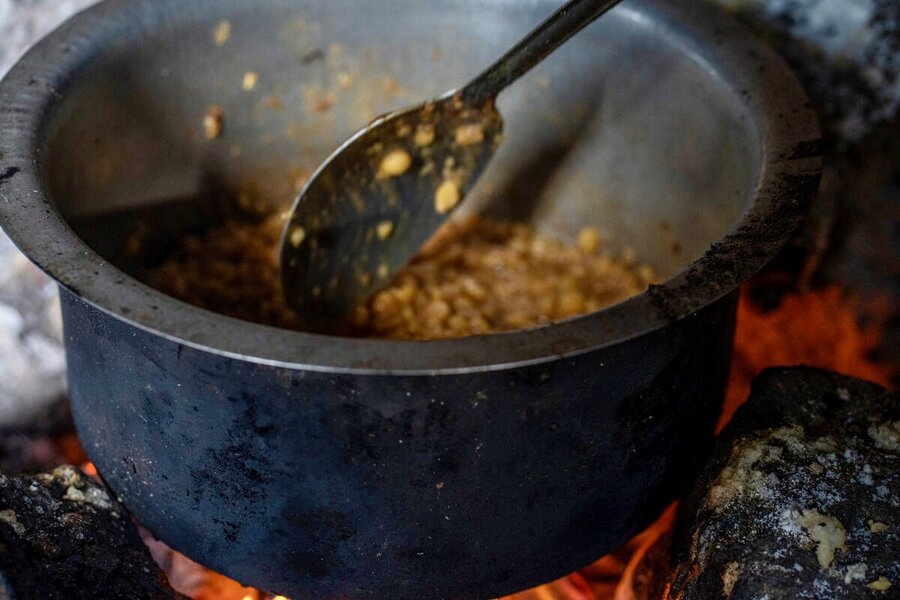
“DRC has hope,” Perdison said. “For a country that is so rich in resources, I think that will materialize - if we get sustainable peace.”
A trained pilot who has served in other challenging environments, including in Chad and Mali, Perdison began his WFP career in DRC two decades ago - as the country was recovering from another conflict.
“The peace fault lines keep shifting, the purse strings are definitely smaller - but the will and strength of the people remain the same,” he said.
For WFP and other humanitarians, mitigating DRC’s current crisis is just a first step. “The longer-term goal should be working towards sustainable development,” Perdison said, “and that requires buy-in of the Government and all the actors involved.”
“It can only be a win-win situation for everybody,” he added, “if we are to get peace.”
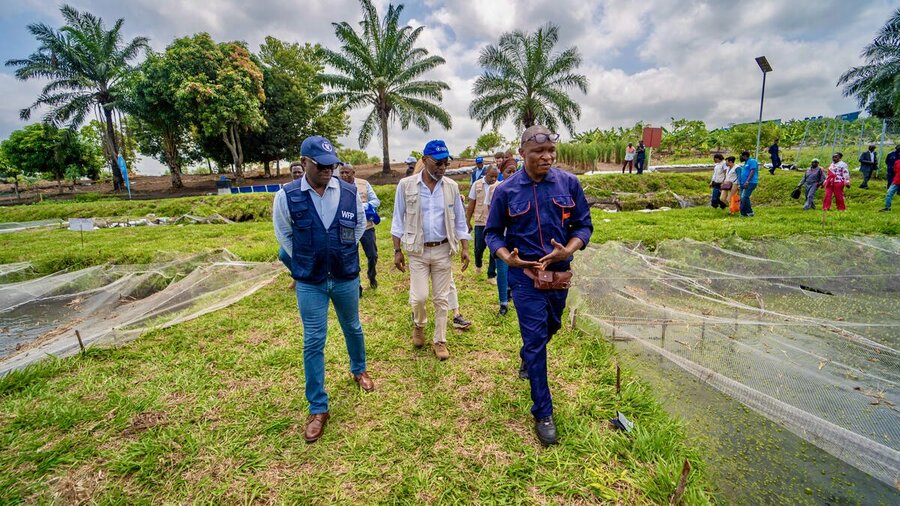
WFP urgently requires US$433 million to sustain emergency operations through October 2025. Without additional funding, assistance may be suspended for over half of those in need.
WFP's response to the crisis in eastern DRC is supported by donors including Belgium, Canada, Denmark, the European Union, Germany, France, Japan, Norway, South Africa,Sweden, Switzerland, UNCERF, the United Kingdom, the United States and private sector partners Stop Hunger, Master Card Foundation and AJRAM Foundation.
